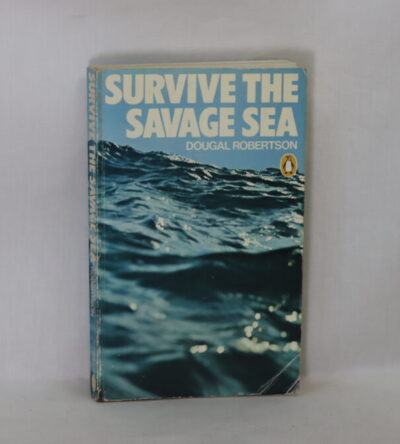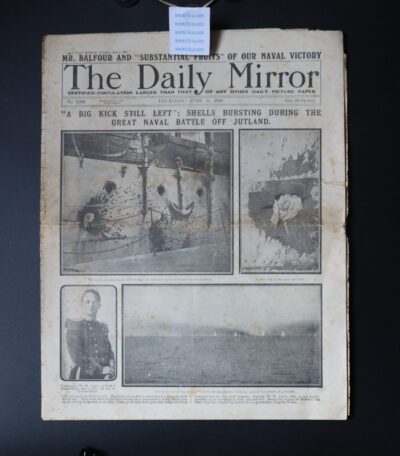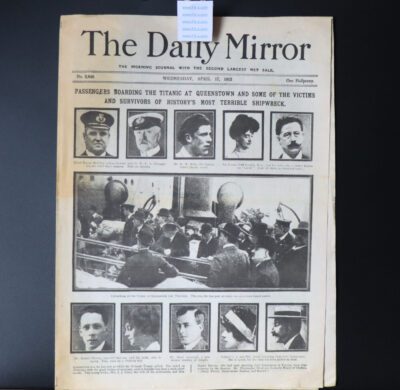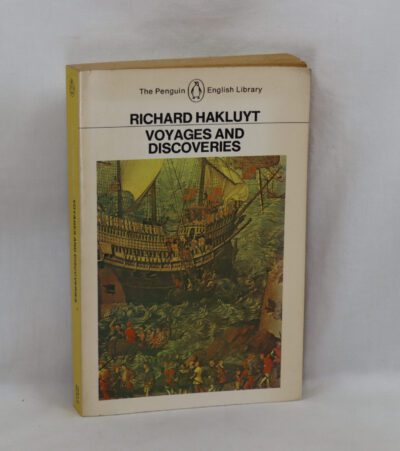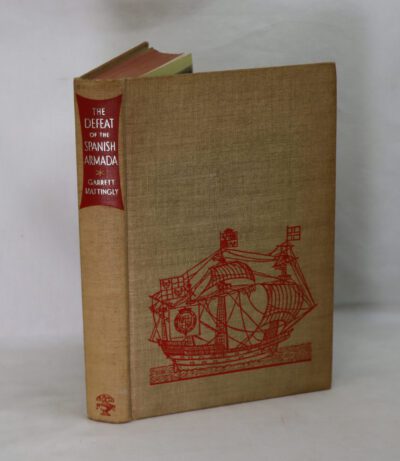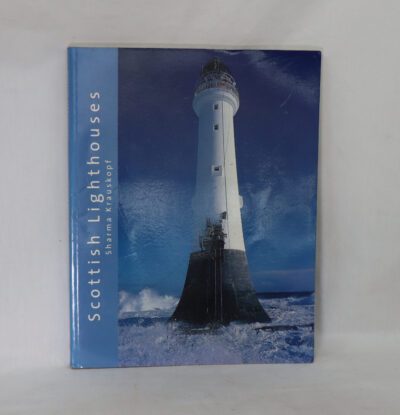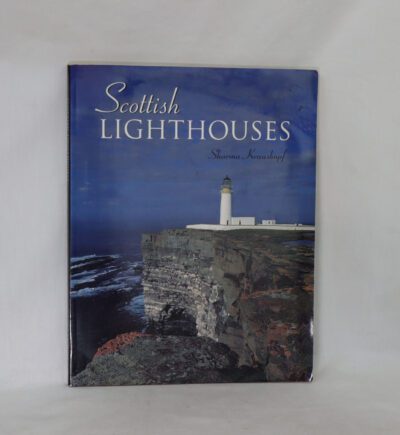After Jutland.
By James Goldrick
ISBN: 9781682473283
Printed: 2018
Publisher: Seaforth Publishing. Barnsley
Edition: First edition
| Dimensions | 17 × 24 × 3 cm |
|---|---|
| Language |
Language: English
Size (cminches): 17 x 24 x 3
Condition: As new (See explanation of ratings)
Your items
Item information
Description
In the original dustsheet. Green cloth binding with gilt title on the spine.
F.B.A. provides an in-depth photographic presentation of this item to stimulate your feeling and touch. More traditional book descriptions are immediately available.
This is the story of the naval war in northern European waters following the critical if inconclusive battle of Jutland. There is a popular misconception that the battle marked the end of the operational career of the German High Sea Fleet. The reality is much more complex. The German battle fleet may have been quiescent in the North Sea, but it supported an ambitious amphibious campaign in the Baltic while an ever more bitter commerce war was waged by U-boats; and smaller warships of both sides fought a gruelling campaign in the waters of the English Channel and the Belgian Coast. While the book focuses primarily on the Royal Navy as the dominant maritim force, it also analyses the struggles of the beleaguered German Navy as it sought to find ways to break the tightening stranglehold of the Allied blockade. It includes an assessment of the small, but increasingly significant supporting role played by the French Navy from its bases in northern France, while the continuing conflict in the Baltic is explored as the Germans increased pressure on Russian territory and the Russian fleet, despite the descent into revolution, still managed to strike heavy blows at the Imperial German Navy. This period was one of great change. The Royal Navy improved the way that ships, and their crews were organised for battle, and there were great leaps in communications and in command and control; aviation and undersea operations, including mine warfare, developed at breakneck pace. Both Germany and Russia undertook far more naval innovation and technological development in the final years of the War than is often realised, and by 1918 the protagonists were fighting what was, in every way, a multi-dimensional maritime war – the forerunner of the form of naval conflict of the remainder of the twentieth century. The author deals with the entry into the conflict of the United States and the increasing commitment of the US Navy to operations in Northern European waters. Many of the foundations of success in the next war were laid by the USN at this time, and there are strong links between the performance of all the navies and their experiences in 1939–45. Not only were doctrine and technology shaped by the events of the First War, so were the cultures of the various services and the characters of the individuals who would go on to serve in the highest ranks in the next. All of this makes the 1916-18 period so significant in naval history. In addition to his huge historical knowledge, the author brings his own extensive personal experience of naval operations and command at sea to this study, and this fusion of history with practical understanding sheds a unique and fascinating perspective on his analysis of the conflict.
Reviews
After Jutland approaches the First World War at sea from a refreshingly different angle and deserves attention from serious maritime history enthusiasts. —The Australian Naval Institute
After Jutland is a well-researched and comprehensive history of the war at sea during the second half of World War I. After several years of commemorative military history publications dealing with the First World War it is fair to say that very few new releases have generated original thinking about that cataclysmic conflict. James Goldrick’s recent work After Jutland breaks the well-worn mould…. [This book] is a much needed addition to the commonly available naval histories of WWI but it is more it is a beacon for those who wish to think about the past in order to better understand the future. Highly recommended. –The Australian Naval Institute
After Jutland is based on deep research into original sources. Goldrick’s themes, not least the successes and failures of staff work, will surely be a stimulus to further research. –Warship
Goldrick writes well, which will help readers less familiar with naval operations understand events as they unfold. After Jutland throws fresh light on war at sea in this period, and particularly on the role of the German and Russian fleets in the events that helped bring about the end of the war. After Jutland is an important read for anyone interested in the naval side of the war. —StrategyPage
In this impressive book James Goldrick makes a timely and significant intervention which promises to move our understanding of the naval history of the First World War in new directions, and to help place it upon a more equal footing with recent military histories of the conflict…. This book is a must-read for naval historians, but also has much to offer more general scholars of the First World War, students of command, and military practitioners. It is readable, clearly organized, and written with an admirable sense of the challenges under which contemporary navies fought. -War in History
James Goldrick combines extensive seagoing (and shore) command experience with deep historical research and a very accessible writing style to provide many new insights into the very active naval side of the latter part of World War I in the North Sea and the Baltic. –Norman Friedman, Defense Analyst, author of Fighting the Great War at Sea and Naval Weapons of World War I
The book is largely one for specialists and those who study naval warfare in World War I…. [It has] significant lessons to be learned with regard to the evolution of fleets and of naval warfare. Most notably, it needs to be realized how important operations are in driving innovation, and with it the shaping of concepts of operations. —Defense.info
This is an extraordinarily absorbing book, leaving one almost breathless as it covers every aspect of the naval war of the last years of WWI from morale to the development of weapons and tactics. Very highly recommended. –Warship World
James Goldrick is a retired two-star rear admiral in the Royal Australian Navy who held several seagoing commands and later led the Australian Defence Force Academy, Australia’s Border Protection Command, and the Australian Defence College. He lives in Canberra, Australia.
Want to know more about this item?

Related products
Share this Page with a friend




